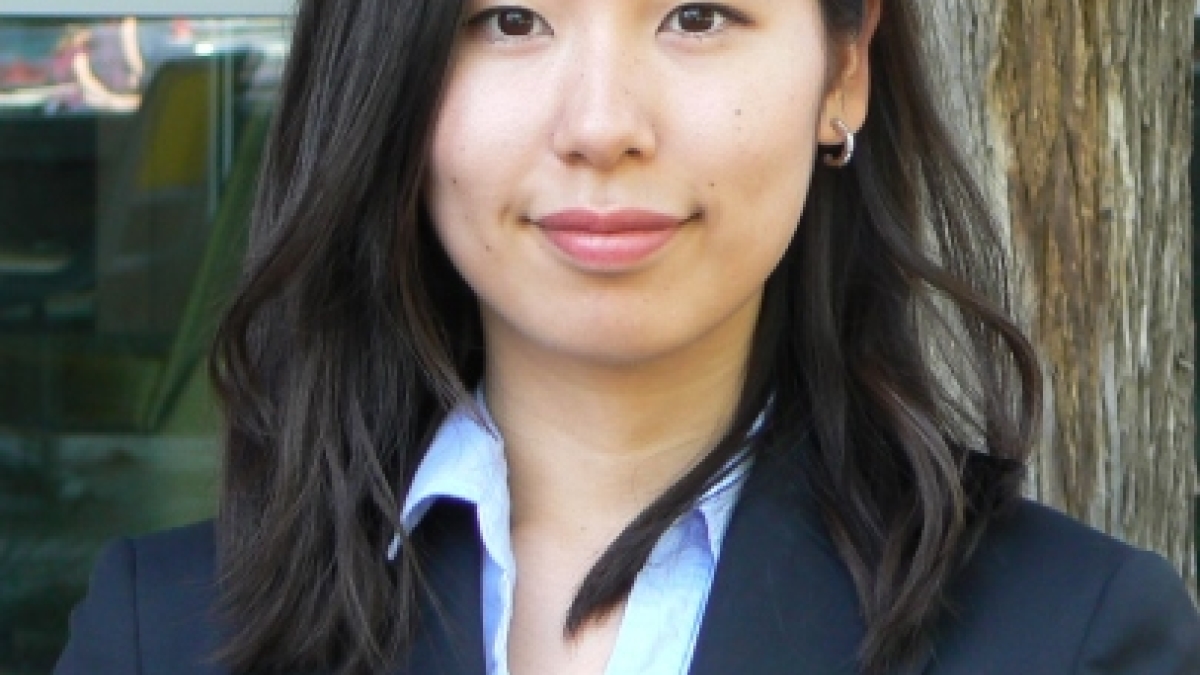ASU student combats global vulnerabilities with sustainable technology

Bangladesh. One of the world’s most populous countries, and one of its poorest.
Akane Ota was living in a village far from Dhaka, the country’s capital. Her assignment with Grameen Bank, a Nobel Peace Prize-winning microfinance organization, asked that she survey villagers to assess their living conditions, then create a business plan to improve them.
Unfazed by the difficulty of this task, Ota made her way through the village, diligently collecting data. As she did so, two things become increasingly apparent: the connection between unreliable energy and inaccessible social services, and the environmental injury caused by non-renewable technology.
As Ota explains, “I was amazed by the beautiful untouched nature of Bangladesh. But I also saw highly polluted air and water, which was depressing.”
Around this time, Ota’s native Japan was shaken by a major earthquake that, in turn, triggered a tsunami reaching 133 feet in height. The wave disabled the power supply and nullified the cooling mechanisms for three reactors at Fukushima’s nuclear plant. The consequences of the subsequent meltdown left a lasting impression on Ota and heightened her passion for stable and sustainable energy.
Eager for solutions and up for a challenge, Ota enrolled in Arizona State University’s School of Sustainability. Three years later, Ota is a Norton and Ramsey Sustainability Scholarship recipient researching energy sources that are stable, renewable and can support internet-based social services.
“Improving health care and education is one of the best ways to mitigate poverty. Having stable energy is the most effective and affordable way to make this happen,” Ota says.
Now entering her final year in the Energy, Materials and Technology track within the bachelor of science program, Ota appreciates the transdisciplinary resources and collaboration opportunities provided by the school. While developing a watch that doubles as a personal security device for women travelling alone, Ota and her team received guidance from three sustainability scientists with different areas of expertise.
“The School of Sustainability is the best in terms of diversity of the faculty,” Ota says. “Our security device won third place in the Carnegie Mellon Venture Challenge out of 60 teams from 40 universities. The diversity and great support from our mentors helped us achieve this.”
Whether tackling vulnerabilities in the First or Third World, it is evident that Ota is a force for change. Her conscientious approach to technological entrepreneurship is sure to have a lasting impact.
Established in 2009 with a gift from the Rev. Jenny Norton and Bob Ramsey, the Norton and Ramsey Sustainability Scholarship was the first endowed to undergraduate students. It is awarded each fall semester to a School of Sustainability undergraduate major (sophomore level or higher) who is interested in pursuing studies about how populations facing poverty and social justice issues may be more likely to benefit from sustainability practices.

